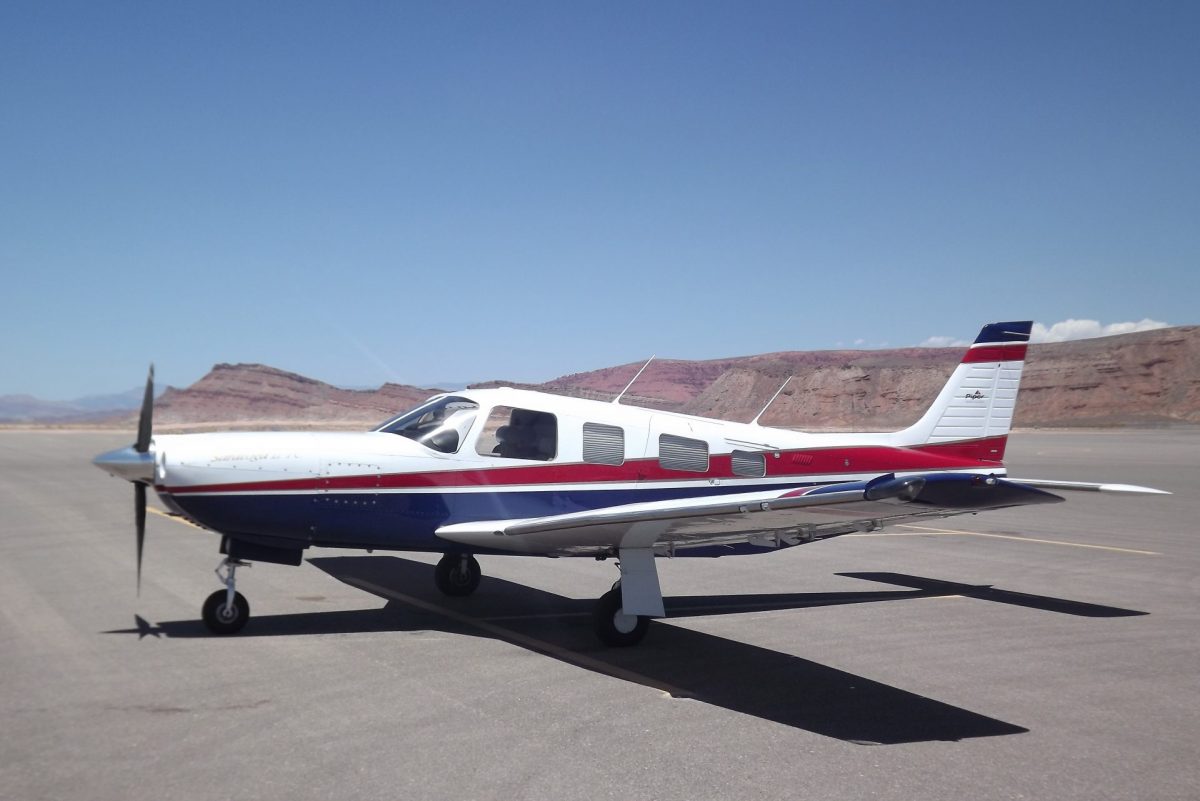

Jim B. lives in the Great Lakes region. His 1997 Piper PA-32 R 301T is equipped with inadvertent TKS Ice Protection. Jim has flown with TKS for 5 years.

How did you get started in aviation?
In 1984, I started locally. It’s something I always wanted to do.
Why did you choose TKS?
Boots were not a good option on a Saratoga. Another pilot friend of mine had a previous Mooney with TKS and was very positive about it. Everything I read about the system sounded good.
What has TKS done for your mission?
TKS has simply made flying in the winter much more doable. Icing is common in the winter here around the Great Lakes. Frequently there is a low cloud deck — 3,000 to 4,000 feet thick — and clear on top. Although it might be possible to climb through without deicing, I was never comfortable and avoided this. Of greater concern was returning home, getting close to the lake and ending above a thick layer, then having to fly an approach. That made me very nervous. I avoid known ice and low approaches. But if the weather changes and I must drop through a layer, or fly an approach in the clouds, I am quite certain the plane will not accumulate a load of ice. Previously, I flew a Piper Seneca with FIKI-certified boots. The wings with TKS are much clearer of ice than with boots.
The system must be turned on before getting into the clouds. When I do that, it works great. For safety, I fly with the TKS fluid tank full but have never used even half a tank of fluid.
Pro Tip: When priming the system in the fall, a lot of fluid comes out on the ground from the prop. I catch the fluid in a bucket and put it into a sprayer, and spray the wings down if there is any frost on the ground.
Have you had any memorable experiences with TKS?
I have had no scary experiences, only peace of mind. The plane has more utility in the winter.